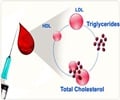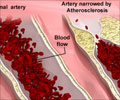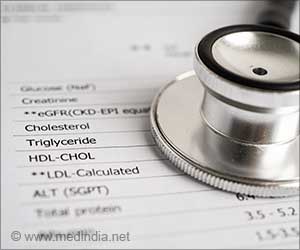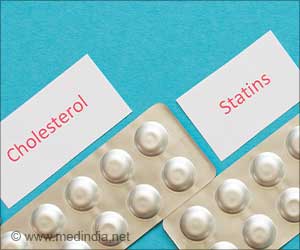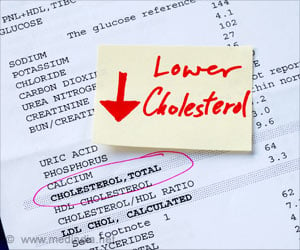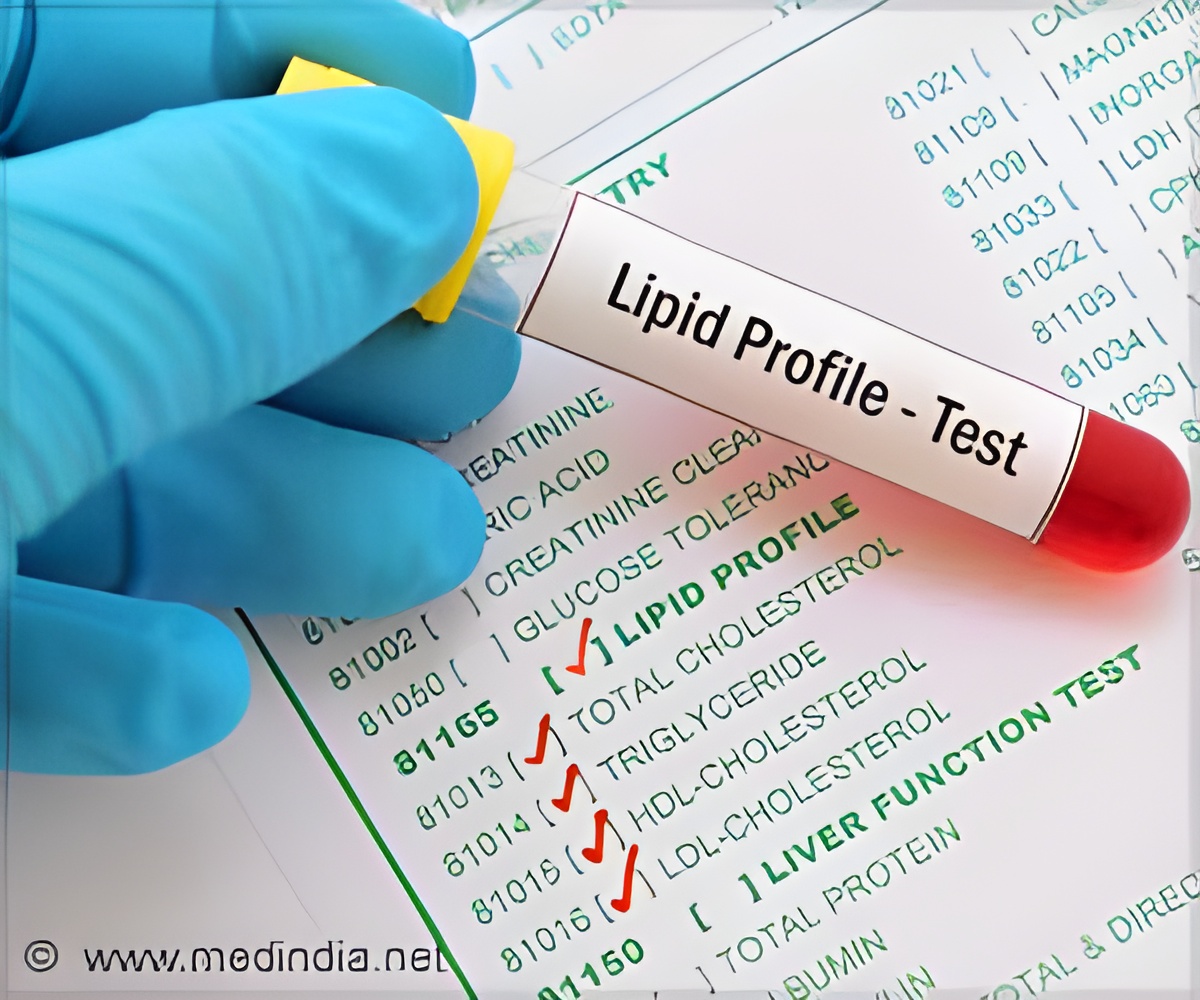
‘Diabetes and cardiovascular disease risk linked to lipidomics were independent of known genetic risk factors, and the number of years until disease onset.’
Tweet it Now
But the blood contains over one hundred other types of lipids(fats), which are thought to reflect at least in part aspects of metabolism and homeostasis throughout the body.To assess whether a more comprehensive measure of blood lipids could increase the accuracy of risk prediction, researchers drew on data from a longitudinal health study of over 4,000 healthy, middle-aged Swedish residents, first assessed from 1991 to 1994, and followed until 2015.
Using baseline blood samples, the concentrations of 184 lipids were assessed with high-throughput, quantitative mass spectrometry. During the follow-up period, 13.8% of participants developed T2D, and 22% developed CVD.
Researchers performed repeated training/test rounds on the data, using a randomly chosen two-thirds of lipid data to create a risk model.
Later, tested whether the model accurately predicts risk in the remaining third. Once the model was developed, individuals were clustered into one of six subgroups based on their lipidomics profile.
Advertisement
On an individual level, it may be possible to define risk decades before disease onset, possibly in time to take steps to avert disease.
Advertisement
The lipidomic risk, which is derived from only one single mass-spectrometric measurement that is cheap and fast, could extend traditional risk assessment based on the clinical assay.
In addition, individual lipids in the blood may be the consequences of or contribute to a wide variety of metabolic processes, which may be individually significant as markers of those processes.
Source-Medindia

